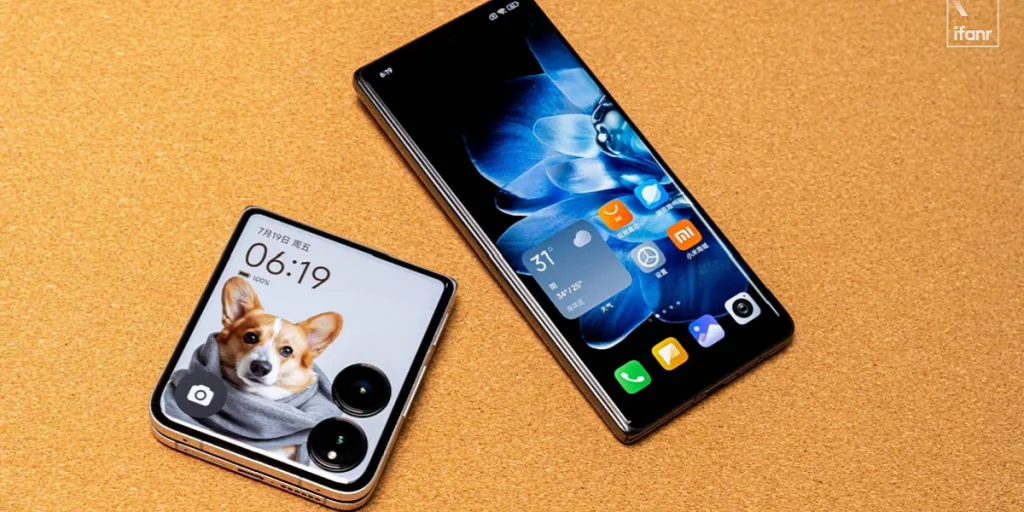On July 19th, Xiaomi launched the new MIX Fold4 and the first MIX Flip, which we got our hands on in advance.
We got the MIX Fold3 at launch in 2023, significantly boosting the work efficiency, so we had high expectations for the new generation. However, after using the MIX Fold4 for a few days, I have mixed feelings.
The Front Hardly Looks Like a Foldable Screen
The quad-curved outer screen of the Xiaomi digital flagship and the ultra-thin hinge that almost blends with the frame make the front look compact and delicate, hardly resembling a foldable phone.
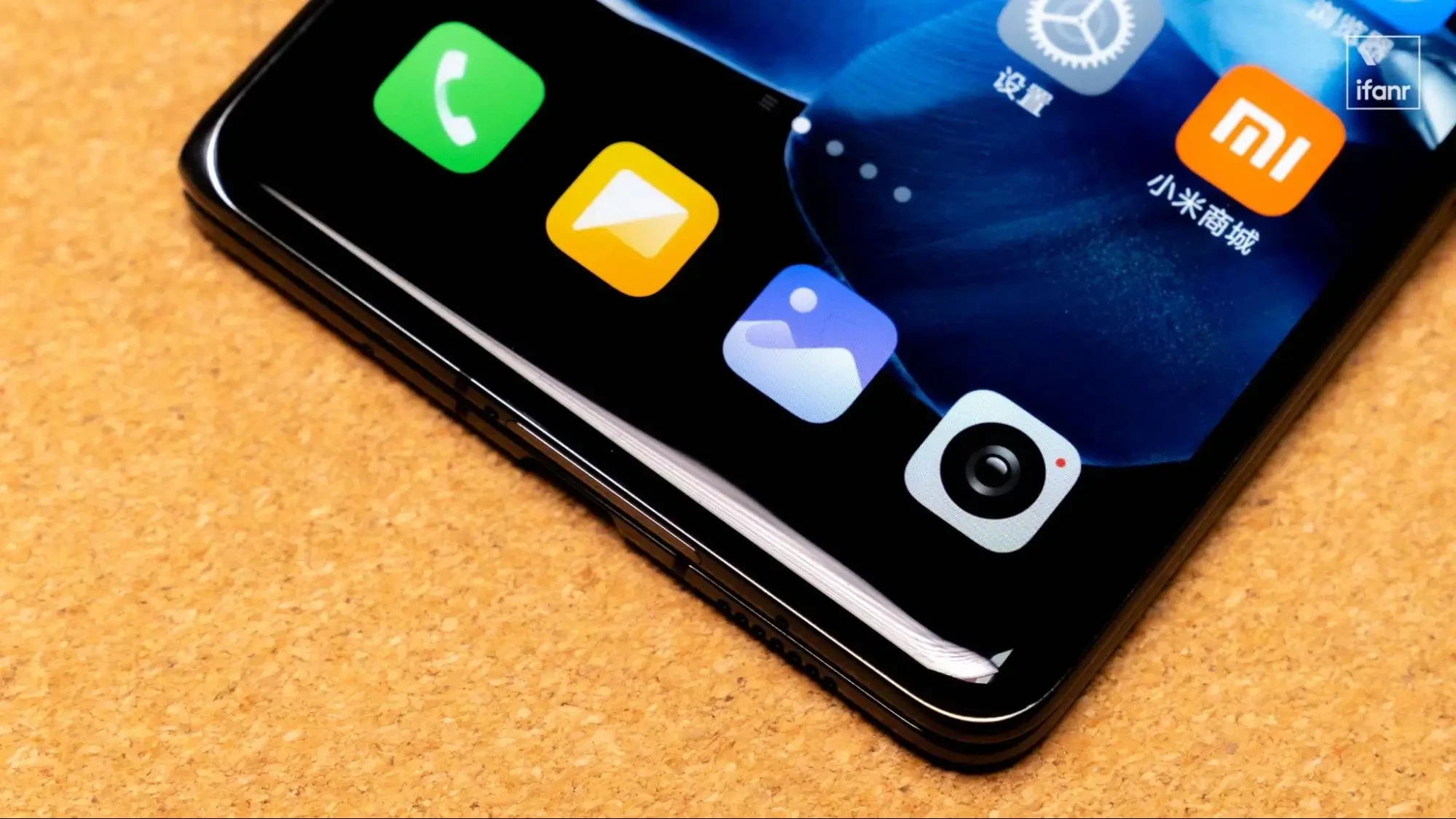
The camera part has become larger, which slightly obstructs the fingers, but since it’s a whole glass cover and supports IPX8 waterproof rating, the entire device is easier to clean.
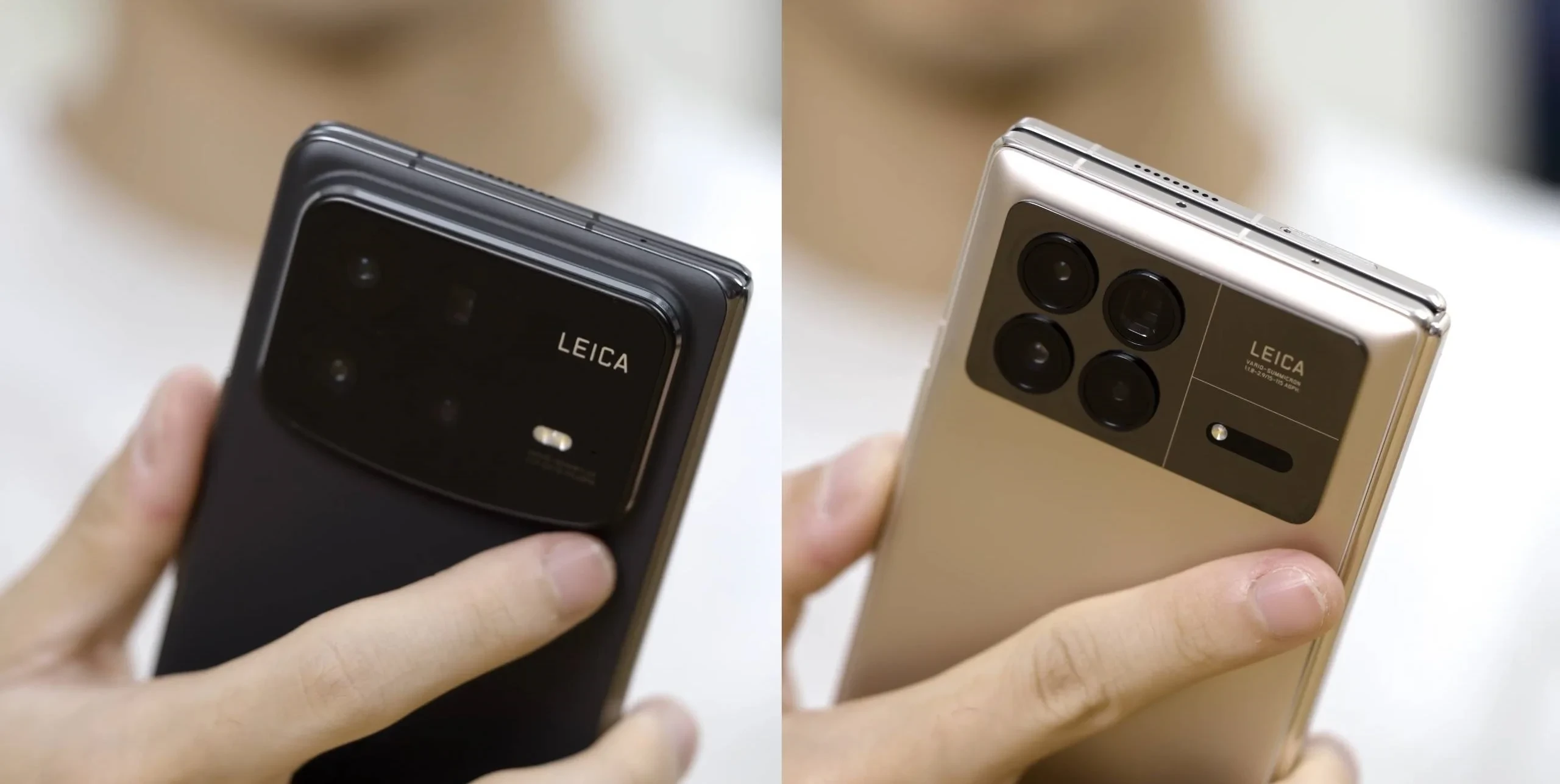
The speakers have a small detail: the top speaker is on the outer screen, and the bottom one is on the inner screen. When the screen is unfolded, they are diagonally opposite, creating a slight directional difference in sound. No matter how you hold it, one of them will be blocked.
Will perfectionists be able to accept this?
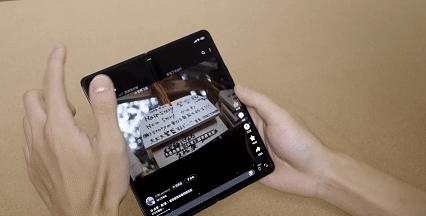
Undoubtedly Lightweight and Thin
Last year, Xiaomi took the “light and thin yet powerful” route, and this concept has been refreshed countless times over the year.
The MIX Fold4 is even lighter and thinner this time. The advancements in craftsmanship and materials are better explained by Chairman Lei Jun, so let’s look directly at the comparison.
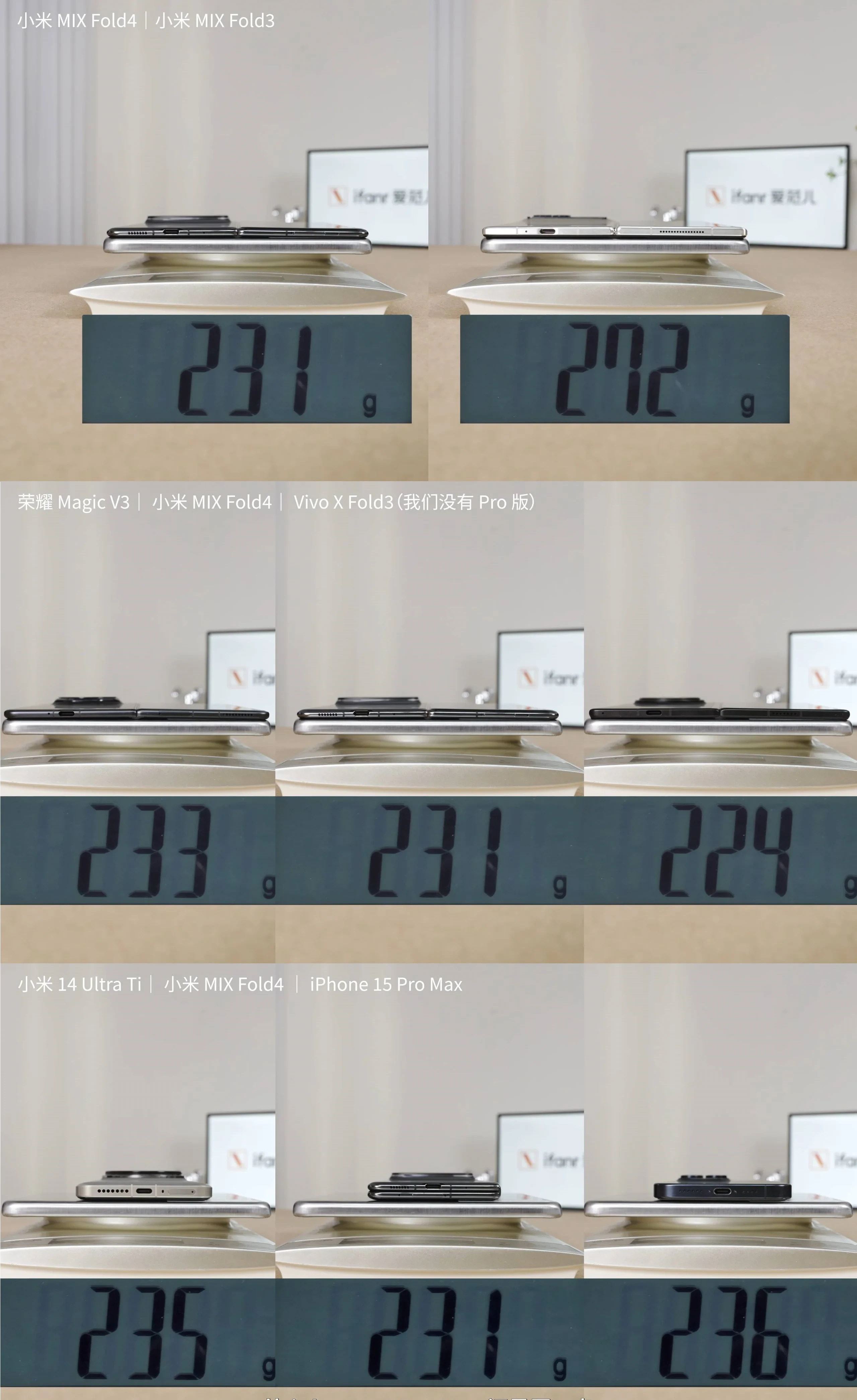
Although the MIX Fold4 isn’t the lightest or thinnest, it can rival flagship bar phones in this regard, which is satisfactory to me. What do you think?
Precise Screen Technique, Gains and Losses
The inner and outer dual screens use different light-emitting materials, but most parameters are identical, meeting flagship standards.
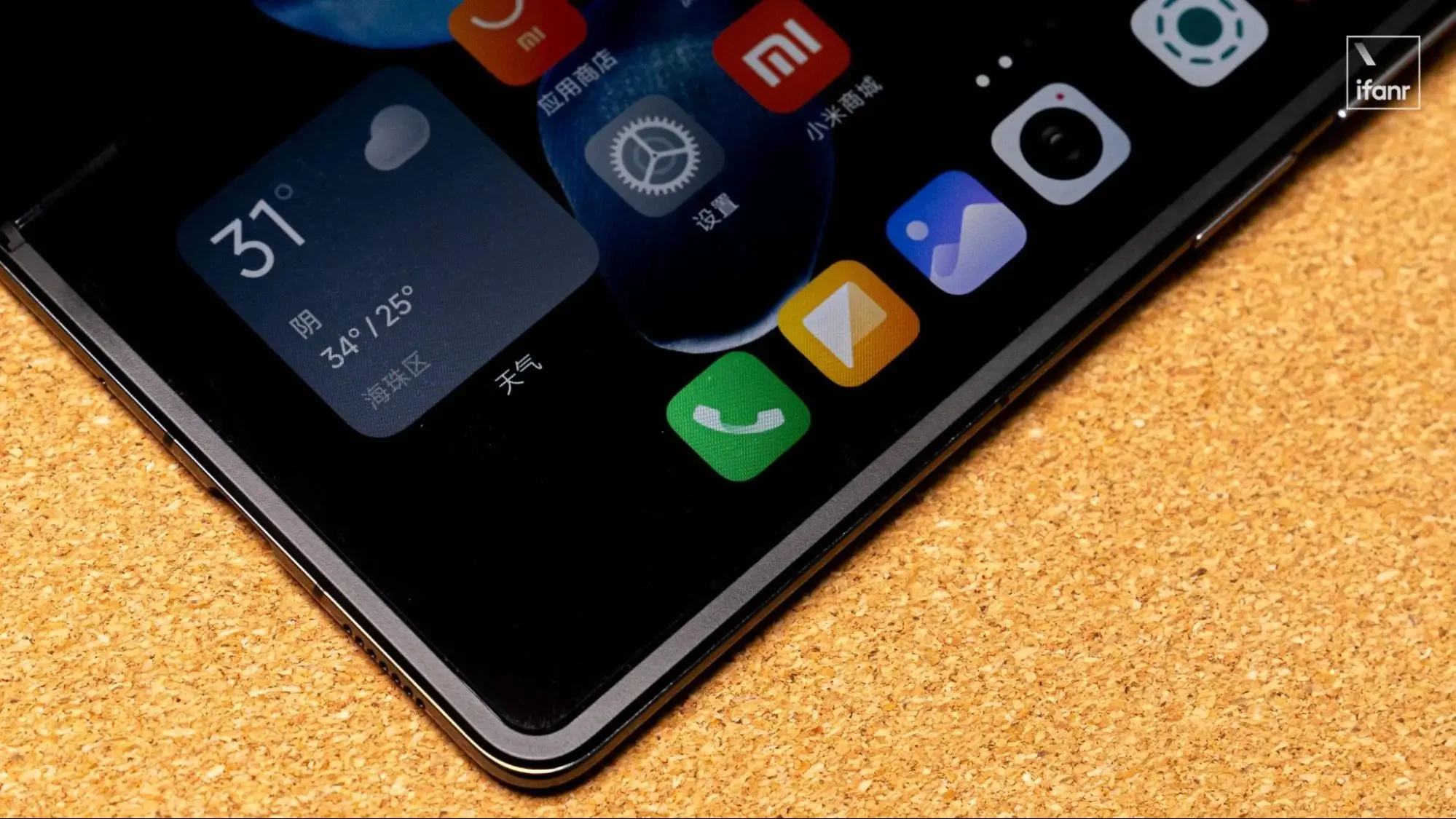
● Light-emitting materials: CSOT C8+ (outer screen) / Samsung E7 (inner screen)
● Brightness: 1700nit (global) / 3000nit (peak)
● Resolution: 2520×1080 (outer screen) / 2488×2224 (inner screen)
● Pixel density: 418 PPI
● Refresh rate: 120Hz
● Both support 2160Hz PWM + DC dimming
However, there’s a blind spot—the inner screen lacks AR anti-reflective coating. When placed alongside other devices, including Xiaomi’s previous generation foldable, the reflection contrast is quite apparent. The previous generation had AR coating; why was it cut this time?
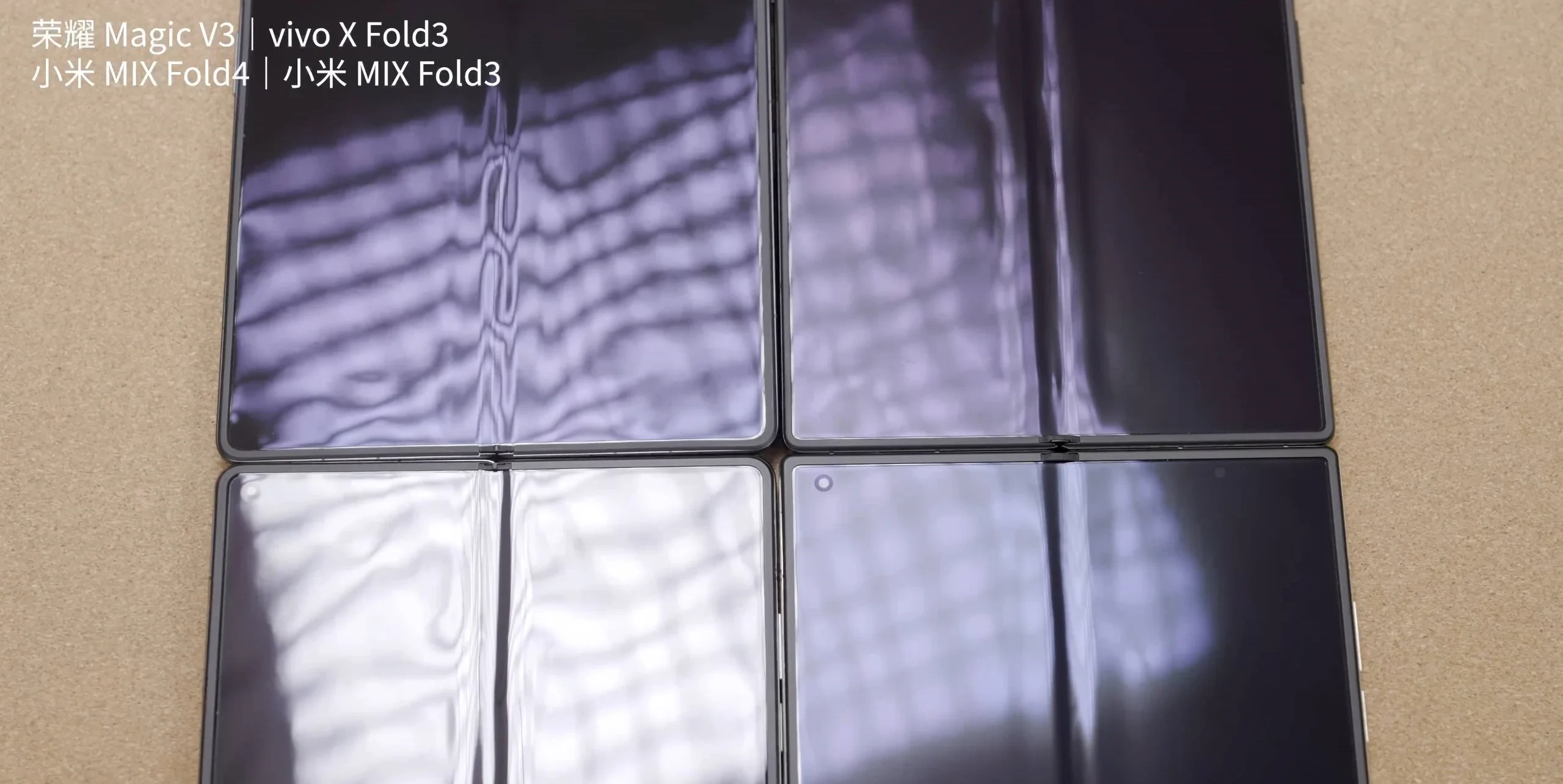
The crease performance of Xiaomi this time isn’t outstanding either.
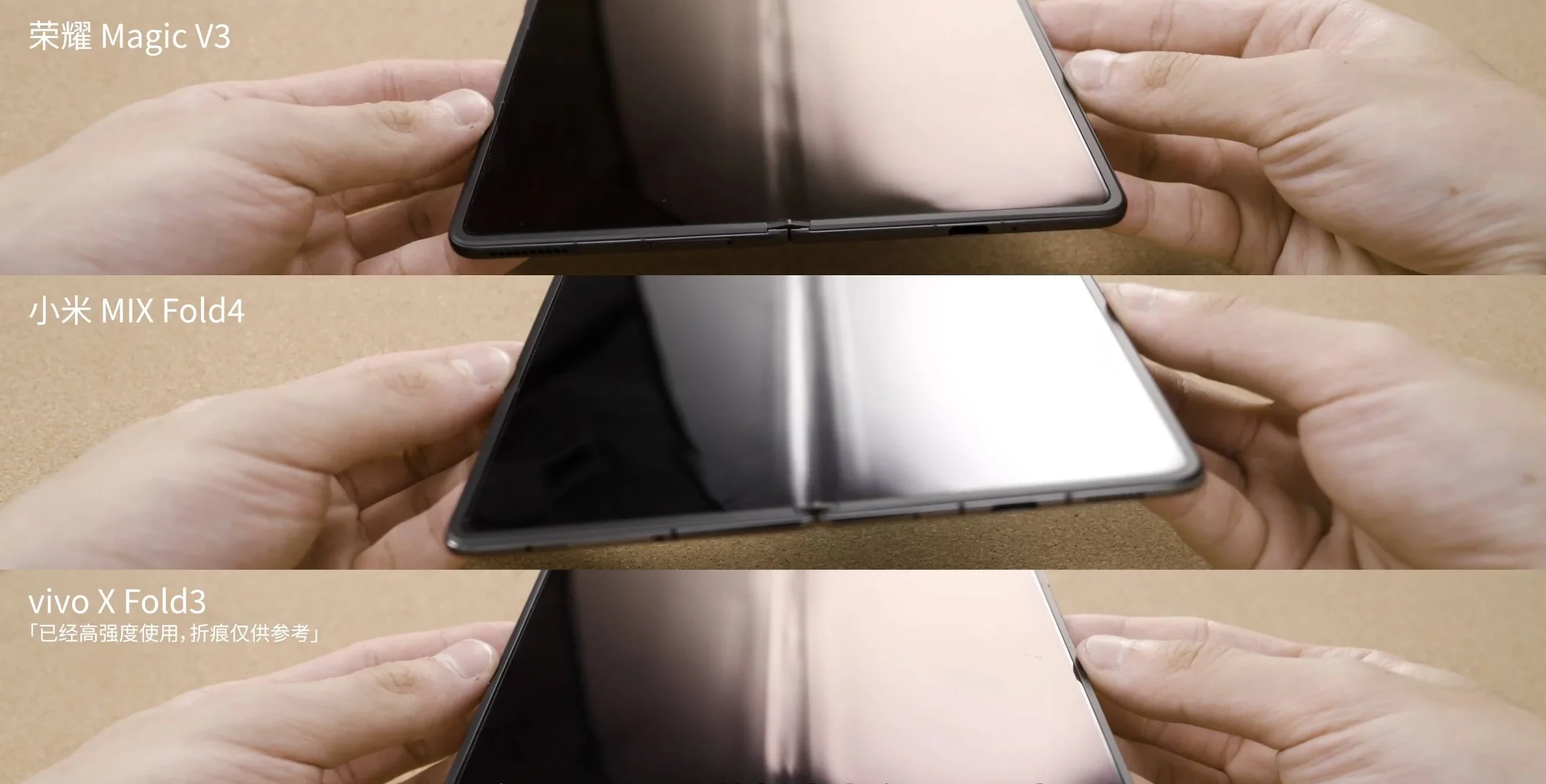
The specifications of the inner and outer dual screens are high and consistent, but the anti-reflective and crease performance is disappointing, making this trade-off quite troubling.
Clear and Practical Imaging Concept, But…
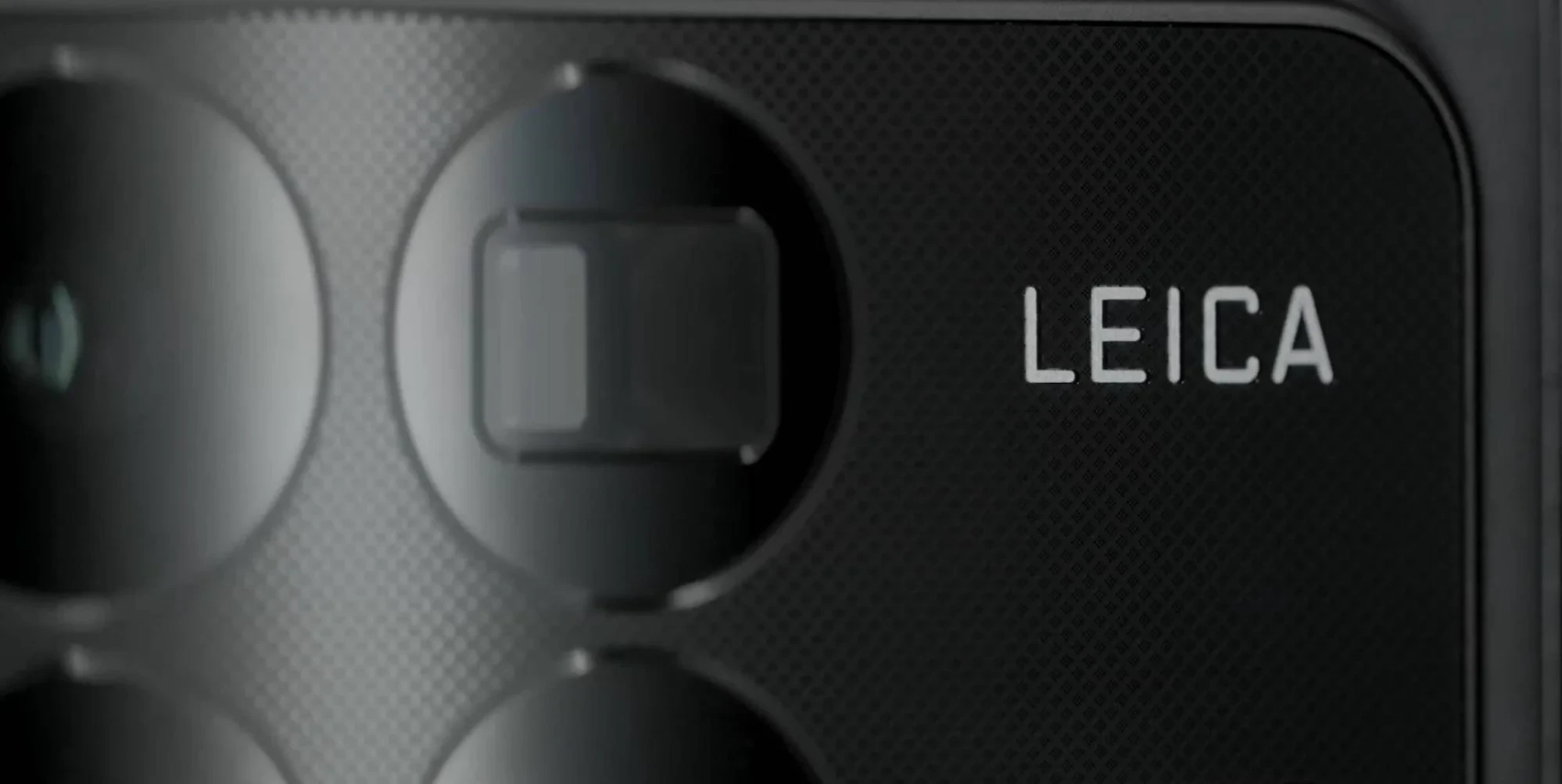
The MIX Fold4 continues to use Leica optics, with the main camera being the 1/1.55-inch Light Hunter 800. It can’t compare with the Xiaomi14 Ultra’s one inch, but it can be compared with the Xiaomi 14 Pro.
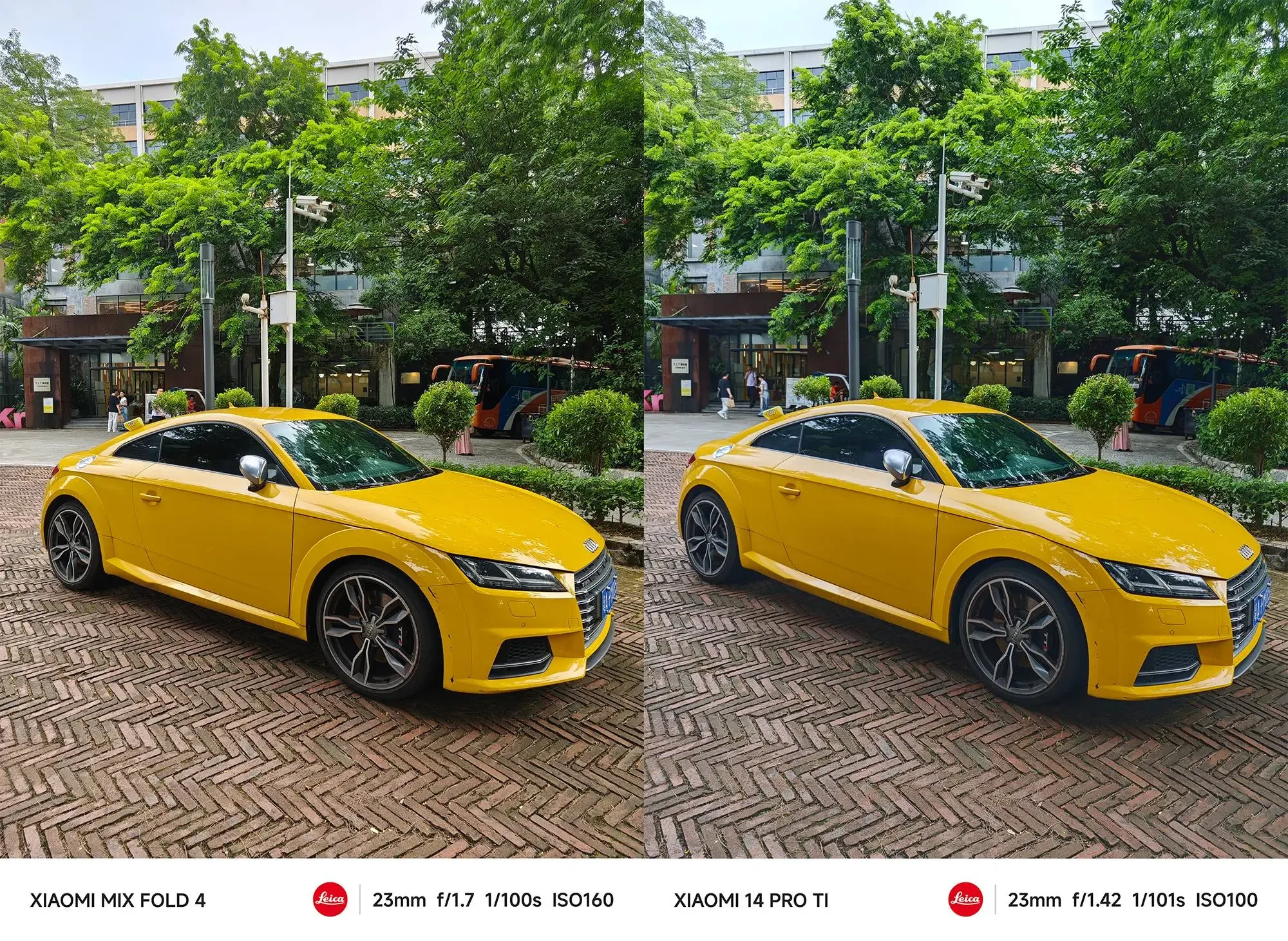
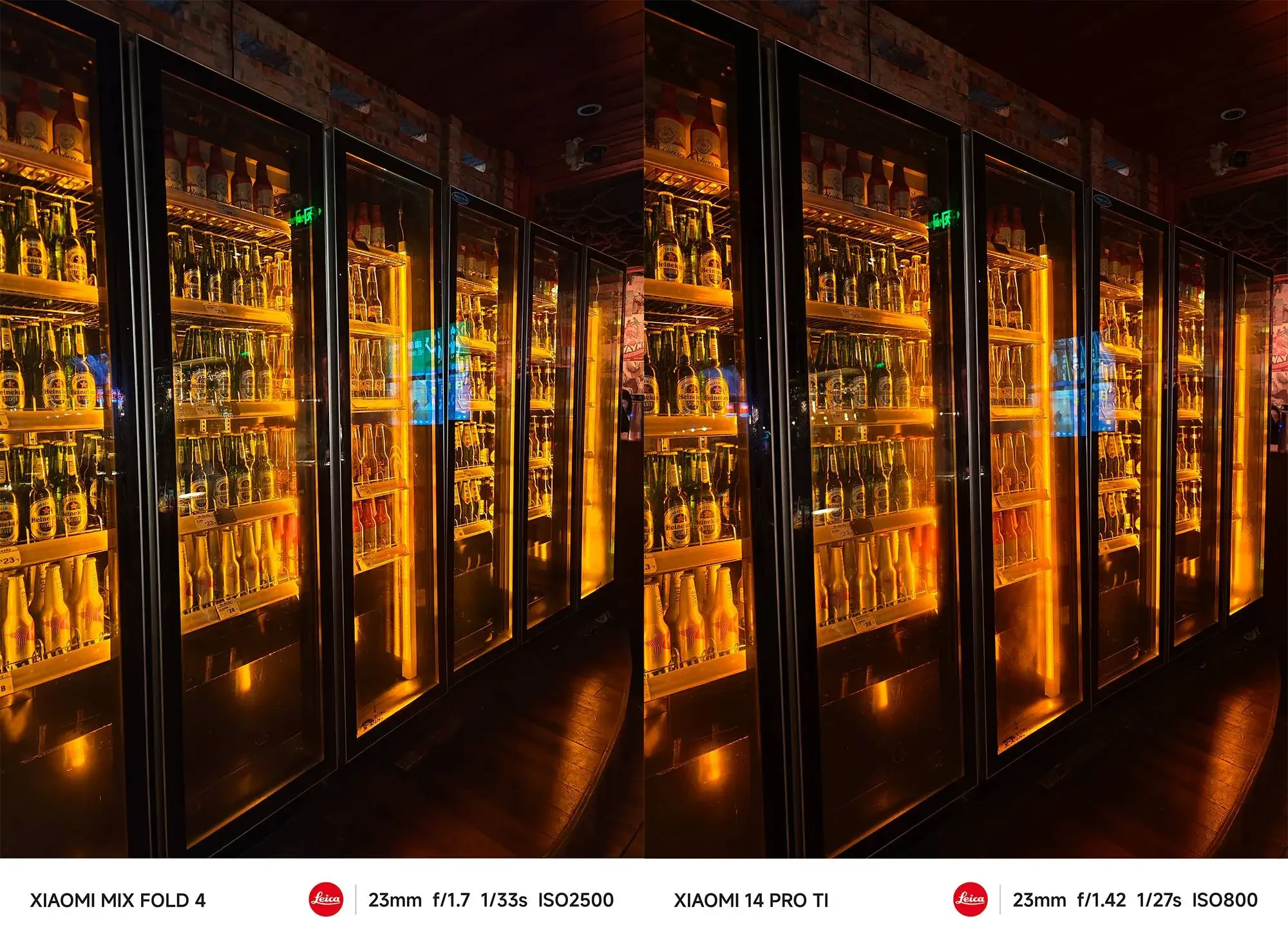
Both are 23mm, but the MIX Fold4 has a slightly wider viewing angle than the 14 Pro as you can see from the pictures above.
The 5x telephoto has dropped the macro function in exchange for the impressive UltraZoom AI super telephoto. Sacrificing macro for telephoto seems like a correct decision.
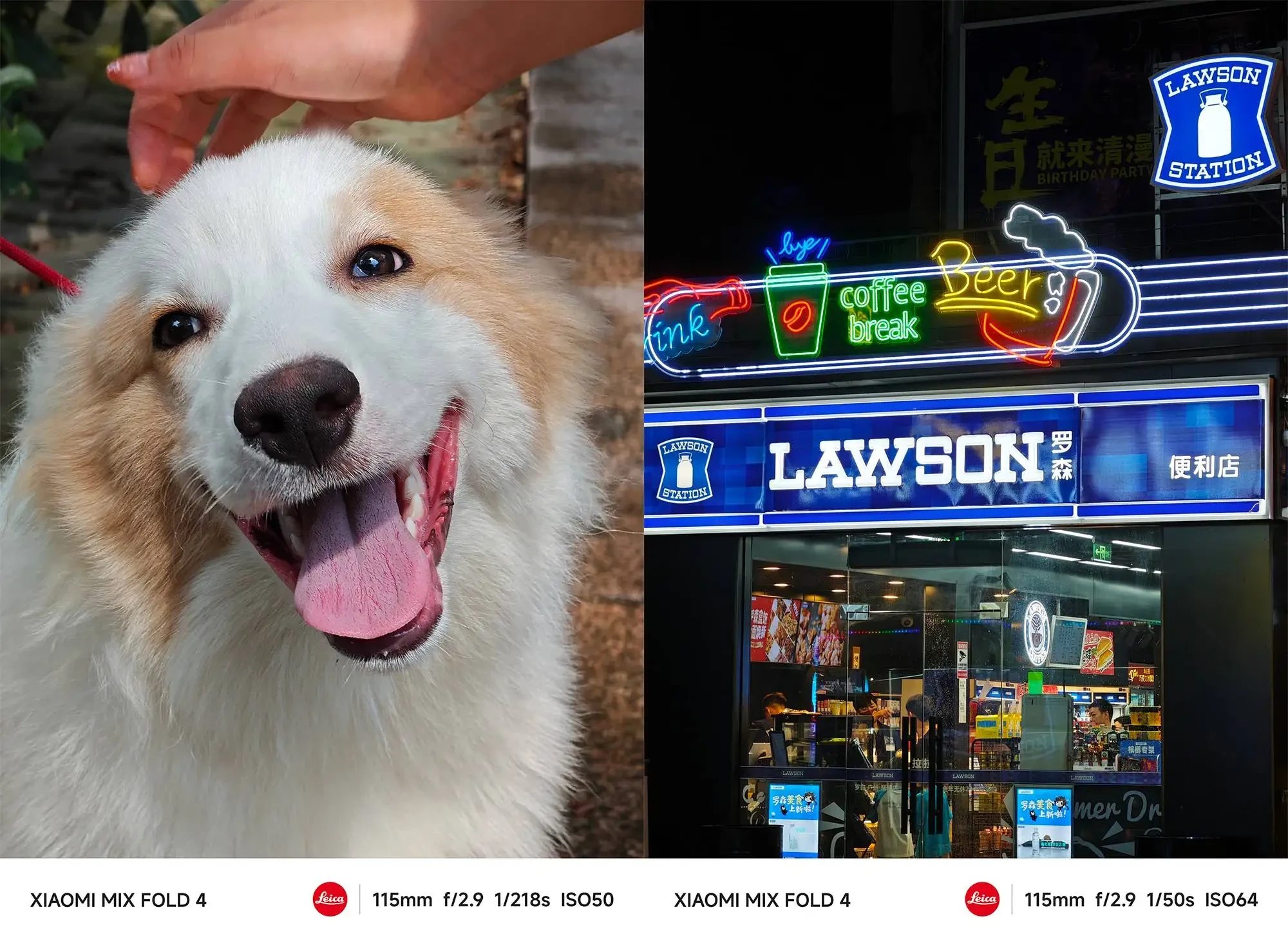
The telephoto macro function isn’t entirely removed but is incorporated into the new 2x floating telephoto lens. With an equivalent focal length of 47mm, it’s practical for daily photography, be it people, food, or pets.

The 2x lens performs well both during the day and at night as you can see from the pictures above. The macro effect is also good, supporting both “shallow depth of field/depth of field fusion” modes for dreamy or clear shots. In the sample below, the left one uses shallow depth of field while the right one uses depth of field fusion mode.
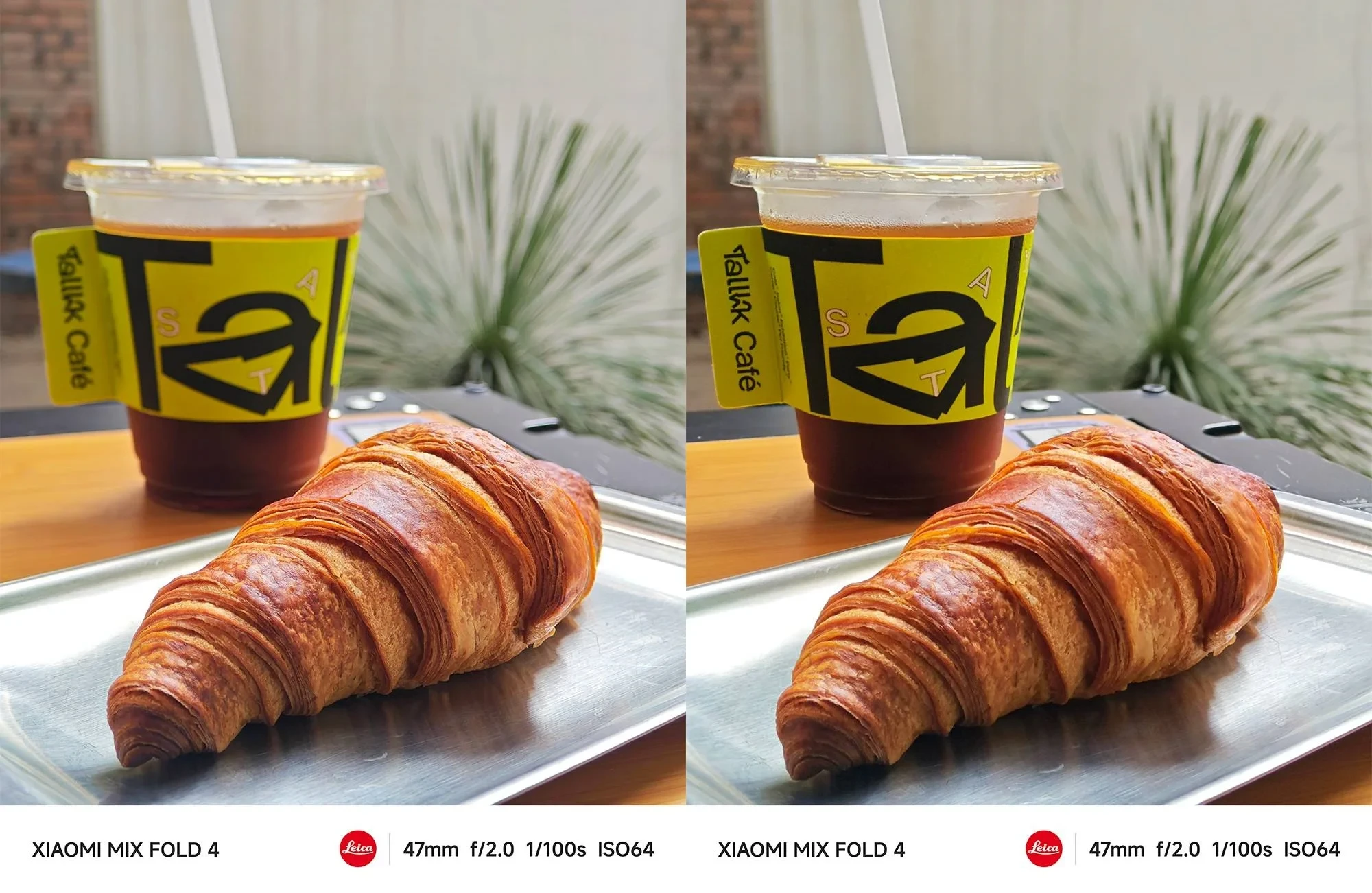
However, the biggest drawback of this 2x lens is the lack of stabilization! Switching from 1.9x to 2.0x made me doubt whether my eyes or hands were at fault, and the 4x magnification is even worse.
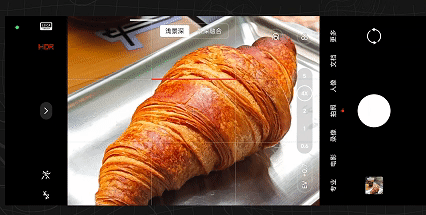
Xiaomi Hyper OS on a Large Screen Isn’t Surging Enough
This is an area where Xiaomi needs to think carefully. A year ago, companies were still exploring foldable screen interaction methods. Xiaomi’s “Parallel Windows” and “Free-form Windows” were unremarkable at the time.
Now, the Hyper OS has added a “split-screen quick switch” function, allowing switching between large and small screens during split-screen, which is more convenient than the 1:1 split-screen on the left and right.

However, competitors like OPPO allow triple full-screen apps, vivo can control Apple computers, and Honor has AnyDoor and super split-screen that doesn’t block game buttons. The efficiency boost from Xiaomi’s foldable screen seems to come from the larger screen rather than unique system features.
In achieving “light and thin yet powerful,” Xiaomi also needs to consider what features will instantly attract and retain consumers.
Just like Sailing Against the Current
Many who choose foldable phones like me, do so to enjoy the efficiency boost brought by the large screen in limited scenarios. Even if this scenario only accounts for 20% of the day, we are willing to pay a higher price, sacrificing hand feel, performance, or image quality.
Xiaomi’s “light and thin yet powerful” approach essentially makes it an all-around flagship. This means it’s not the lightest, cheapest, or best large-screen system experience among foldable phones.
It does provide a superior hand feel when closed and double efficiency when unfolded. Compared to the previous generation, it’s lighter, thinner, with improved performance and image quality. However, these improvements are limited. Instead, we notice a lack of standout features. This is the side effect of being “all-powerful.”
The foldable screen market is fiercely competitive, and in such intense competition, minor improvements that aren’t remarkable may be perceived as no progress.
Source from ifanr
Disclaimer: The information set forth above is provided by ifanr.com, independently of Alibaba.com. Alibaba.com makes no representation and warranties as to the quality and reliability of the seller and products. Alibaba.com expressly disclaims any liability for breaches pertaining to the copyright of content.
